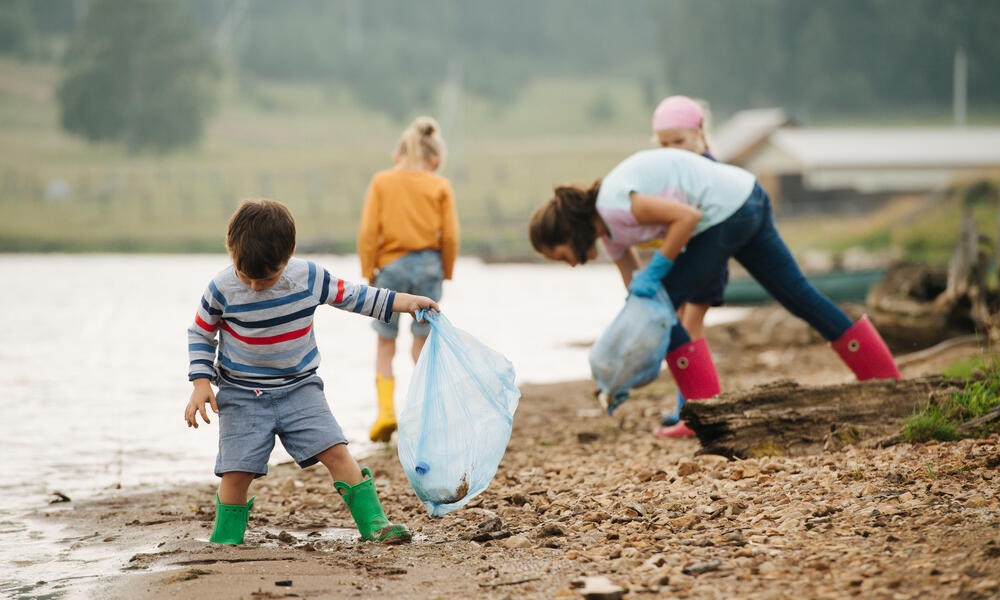Why protecting waterways benefits everyone?

The primary reason for protecting waterways is to ensure the sustainability of the environment. A healthy ecosystem relies on water bodies to maintain its delicate balance. There is a wide variety of plants and animals living there, many of which are unique to certain regions. The overall health of our planet needs to protect these habitats to conserve biodiversity.
Economic growth and development
The benefits of protecting waterways extend beyond environmental concerns and contribute significantly to economic growth and development. Various industries, such as agriculture, fishing, tourism, and manufacturing, depend on readily accessible water sources. A healthy river or lake, for example, provides irrigation water, which is crucial for food production and farming livelihoods.
A large part of the tourism industry depends on the beauty and health of waterways. From fishing and boating to scenic river cruises, tourism contributes substantially to the economic well-being of local communities. By preserving and promoting clean and attractive water bodies, regions attract visitors, create jobs, and boost their economies.
The presence of healthy waterways enhances property values and attracts businesses and investors. Water quality and reliability are two of the most important factors that contribute to industrial processes. In this way, protecting waterways leads to greater investment, job creation, and overall economic prosperity.
Social well-being and quality of life
Protecting waterways directly influences the social well-being and quality of life within communities. Safe drinking water is a fundamental human right, and maintaining healthy waterways ensures a steady supply of safe water for homes, schools, and healthcare centres. This not only lowers the risk of waterborne diseases but also enhances overall public health.
Waterways also provide recreational opportunities, offering spaces for relaxation, exercise, and connection with nature. Taking a stroll on the riverbank, enjoying a refreshing swim in the lake, or going kayaking all contribute to physical and mental wellbeing. A city’s green spaces and water bodies reduce stress and improve the quality of life.
Protecting waterways fosters a sense of community and cultural identity. It is integral to the traditions and way of life of many indigenous groups, like the HDI Six Nations, to have a deep connection to their local water bodies. By preserving these waterways, we honour and respect their cultural heritage and foster social cohesion.
Collaborative efforts and partnerships
The task of protecting waterways is a collective endeavour that requires collaboration and partnerships between various stakeholders. To implement effective conservation strategies, governments, non-profit organizations, and local communities must collaborate. This includes initiatives such as:
- Implementing sustainable water management practices to reduce pollution and conserve water resources.
- Restoring and rehabilitating degraded water bodies through initiatives like river clean-up drives and wetland restoration projects.
- Enhancing public awareness and education about water conservation and waterway degradation.
- Encouraging sustainable fishing practices to ensure the long-term viability of aquatic ecosystems and fish populations.
- Setting up protected areas and marine reserves to protect vital habitats and biodiversity.
By engaging in these collaborative efforts, we create a more sustainable for our waterways and the communities that depend on them.








